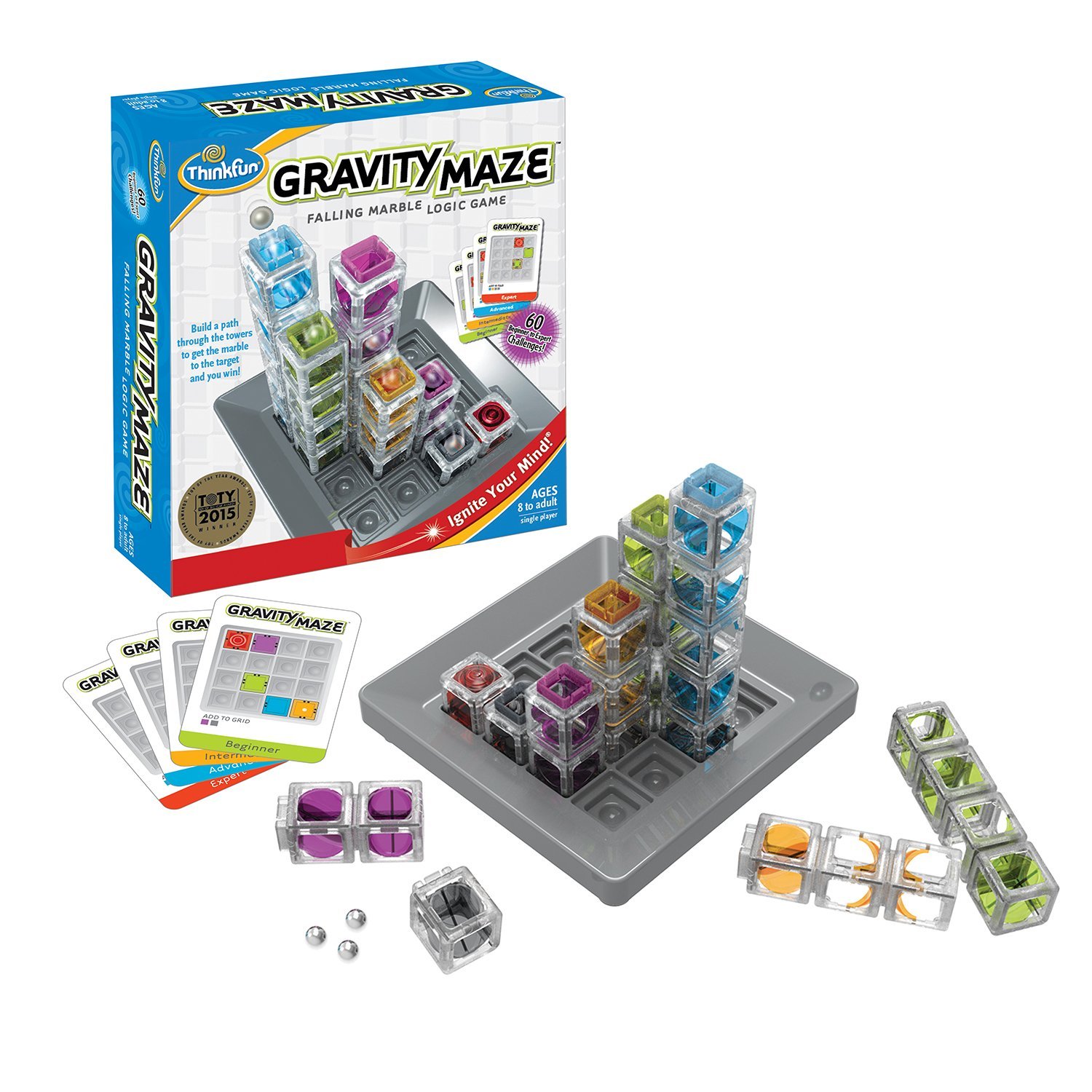
Mazes are a good way to teach kids how to solve problems from simple to complex. There are flat mazes and 3-D mazes and variations in-between. A beginning flat maze starts the process of teaching children how to solve problems. The more complex 3-D mazes show that there isn’t always one right way to solve a problem. It also advances their logic skills.
The more advanced mazes also start working on kid’s hand-eye coordination. They do this by making the child move the maze around to get the ball to the path they want it on. The advanced mazes also help children understand how space works and to be able to follow a path logically even when they can’t see the end of the road.
Mazes are suitable for many ages; the advanced ones are usually recommended for six years and older. This doesn’t mean that adults won’t have fun with the mazes too. Sharpening logic skills by playing with a game is fun for all ages.
With so many studies coming out saying that children need to spend less time on electronics mazes are an amazing way to do that. No batteries are involved, and the imagination is used, along with there being a competitive side too if that’s what your child enjoys.
In addition to being fun mazes also help develop patience and focus. Patience is improved because you can’t touch the sides of the maze while you’re navigating through it. This takes focus and helps improve fine motor skills in everyone. Patience is also improved because the more complex the maze is, the longer it’ll take to reach the other side.
Focus is worked on through the same not being able to touch the sides of the maze and working on how to get to the end of the maze. If you lose your focus on where you’re going in a maze, you’re likely to lose how to get out of the maze. This makes mazes an excellent way to work on focus for people of all ages.
A positive and downside of mazes are that people have been known to lose connection with the real world with them. This is a positive thing for people who just want a quick break to recharge before continuing with their lives. This is a downside for people who don’t ever come back out of them.
Mazes are a good way to help your child develop many different parts of their brain and continuing to develop over their lifetime. It’s also a good way to spend time with the kids. Mazes aren’t just for children; adults benefit from them too. They help improve logic skills, patience, and logic to name a few benefits from mazes. It’s also a good bonding experience for children and the elderly. If both parties are solving mazes, it gives them something to talk about that both enjoy.






